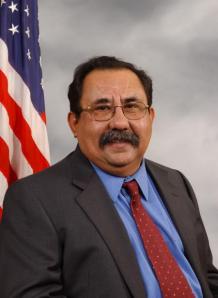Public Policy Polling (PPP), the national survey research firm based in Raleigh, N.C., yesterday released a new study (10/17-18, 718 likely PA voters) that gives Democratic Rep. Joe Sestak (PA-7) a bare 46-45% lead over former Rep. Pat Toomey (R-PA-15) in their battle for Pennsylvania’s open U.S. Senate seat. This represents a significant change from all other recently released polls, including ones from PPP, that have previously posted Toomey to leads of between two and 10 points.
The revelation that the Sestak-Toomey campaign is closing is not particularly surprising for various reasons. First, Pennsylvania is a Democratic state, so seeing the Senate race and several House campaigns begin to move back toward the majority party meets expectations. Private polling suggests that the contests in PA-7 (open Sestak), ex-US Attorney Pat Meehan (R) vs. state Rep. Bryan Lentz (D); PA-8, Rep. Patrick Murphy (D) vs. former Rep. Mike Fitzpatrick (R); and PA-10, Rep. Chris Carney (D) vs. ex-US Attorney Tom Marino (R); also are tightening in favor of the Democratic candidate after the GOP contestant maintained discernible, if not considerable, previous advantages. Conversely, the PA-3, Rep. Kathy Dahlkemper (D) vs. Mike Kelly (R); and PA-11, Rep. Paul Kanjorski (D) vs. Lou Barletta (R); races still appear to be going the way of the GOP challenger. Polling now detects that Democratic voters are expressing greater interest in voting, thus suggesting better electoral participation rates.
Second, Sestak’s strategy for the general election is similar to that of his primary: wait to spend the campaign treasury until people are paying attention much closer to the election. During the Democratic primary, the Congressman trailed party-switching Sen. Arlen Specter by as much as 10 points early, but caught and passed the veteran politician as voting day approached and finally arrived. Sestak is implementing a replay of such an expenditure timing plan against Toomey, thus his recent polling upswing tracks with him now coming to the forefront of the advertising campaign.
The latest poll tells us that the Senate race, despite a continued strong GOP lead in the Governor’s race, is coming back into toss-up range. The final outcome will likely be determined upon which party better motivates its supporters to actually cast their ballots, thus the end result is still very much in doubt.
For more details, insights, to sign up for my daily email updates, or to sign up to track specific issues or industries, please email me @PR***@pe*******************.com.


